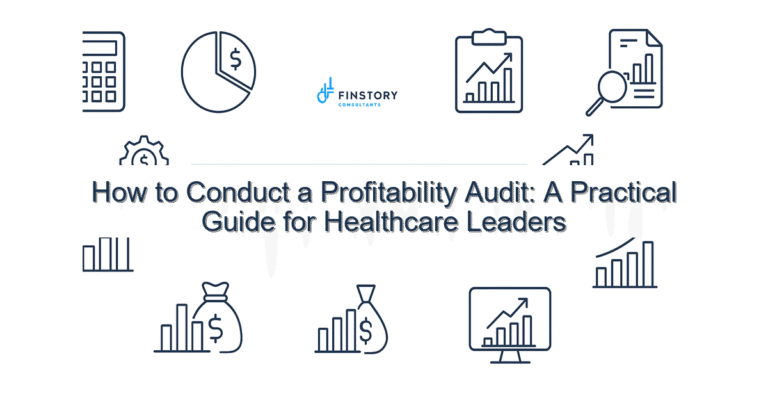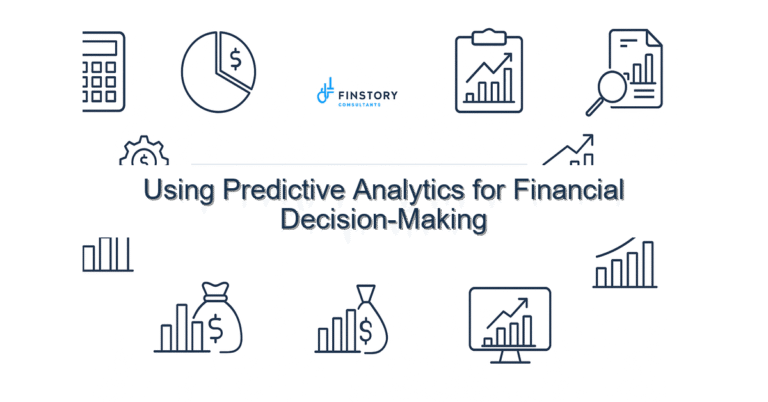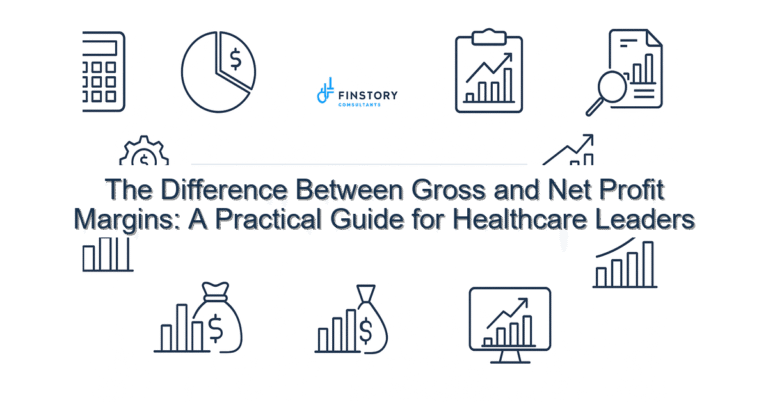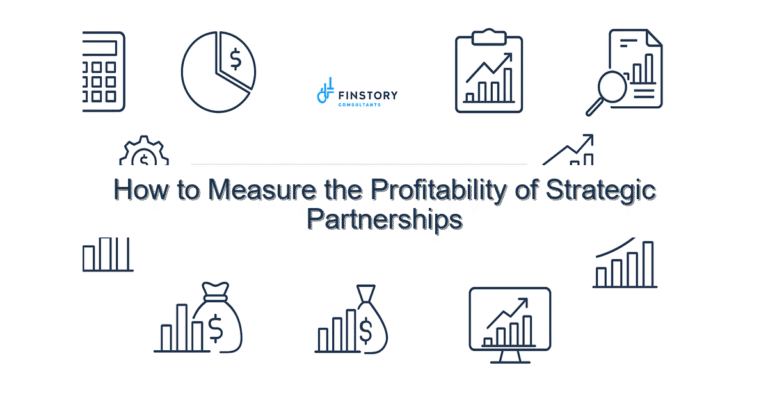The Role of Volume Discounts in Profit Margins
You negotiate volume discounts because it feels like an obvious win: buy more, pay less. But in healthcare operations, the math and the politics are messier than that. You’re juggling patient needs, inventory constraints, and thin margins—and a blanket discount can create surprises.
Summary: Getting volume discounts right means treating them as a strategic lever, not a pricing afterthought. The win: improved gross margins without raising clinical or operational risk—if you align purchasing, demand planning, and finance with clear KPIs and automation.
What’s the real problem?
Healthcare buyers and finance teams often assume volume discounts automatically improve profitability. In reality, discounts interact with working capital, consumption patterns, contract terms, and supplier behavior. If those interactions aren’t measured, discounts can reduce cash flow, create waste, or lock you into unwanted products.
- Symptoms: growing inventory carrying costs despite lower unit prices.
- Symptoms: finance sees negotiated savings on paper but supply chain reports more expiries and write-offs.
- Symptoms: clinicians push back on substitutions tied to discount tiers, causing contract compliance issues.
- Symptoms: unpredictable vendor ordering to hit tiers, distorting demand signals.
What leaders get wrong
Leaders are trying to do the right thing: reduce spend. But common missteps undermine the payoff:
- Treating discounts as purely transactional. They’re strategic levers that affect cash, inventory, and clinical operations.
- Failing to model the full economics. Unit price savings without factoring in carrying cost, spoilage, or obsolescence gives a false picture.
- Letting procurement negotiate tiers without finance and operations at the table—so incentives misalign.
- Relying on manual tracking. When discounts are managed in spreadsheets, you lose visibility and speed.
A better approach
Shift from “buy more, save more” to “buy smarter, save sustainably.” Use a structured framework that connects purchasing to margin and operational outcomes.
- 1) Map total landed cost: unit price, freight, carrying cost, spoilage, and disposal. Include opportunity cost of cash.
- 2) Align stakeholders: procurement negotiates tiers; finance models P&L impact; supply chain confirms storage and consumption realities; clinical leaders validate substitutions.
- 3) Model scenarios with cadence: simulate discount tiers across 3–12 months to see margin, working capital, and expiry risk.
- 4) Automate triggers: use the ERP or procurement system to enforce order quantities, tier reporting, and alerts when consumption deviates.
- 5) Report and iterate: set clear KPIs and review monthly so incentives and behavior can be recalibrated.
Real-world example: A mid-sized hospital system renegotiated a high-volume consumable contract. Procurement pushed for a 10% discount at 120% of historical volume. By modeling total landed cost, finance showed the system would carry an extra $2.5M in inventory and face higher expiries—eroding the discount by two-thirds. They agreed on a staged tier with rolling quarterly volume targets, an automatic replenishment schedule, and a shared KPI dashboard. Net result: sustained 6% margin improvement, not the immediate but fragile 10% procurement target.
Quick implementation checklist
- Pull current vendor contracts and identify all tier thresholds and penalties.
- Calculate total landed cost per SKU, including carrying and spoilage assumptions.
- Run a 3- and 12-month scenario for volume tier attainment and cash flow impact.
- Invite clinical leads to confirm acceptable substitutions or product constraints.
- Set up one dashboard (Power BI recommended) that shows tier progress, inventory days, and expiry risk.
- Implement one automated PO rule to enforce agreed tier orders.
- Agree on a monthly review cadence with procurement, finance, and supply chain.
- Negotiate a staged or rolling tier instead of a single up-front volume requirement.
What success looks like
- Gross margin improvement of 3–8% on targeted categories within 6 months.
- Inventory days reduction of 10–25% through smarter replenishment and fewer expiries.
- Contract compliance and audit accuracy above 95%.
- Faster decision cycle: scenario modeling reduced from days to hours with automation.
- Return on investment: operational savings pay for analytics and integration within 6–9 months.
Risks & how to manage them
- Risk: Excess inventory and expiries. Mitigation: Use rolling targets and just-in-time replenishment where feasible.
- Risk: Misaligned incentives across teams. Mitigation: Shared KPIs and a monthly governance meeting to arbitrate trade-offs.
- Risk: Vendor gaming (front-loading shipments to hit tiers). Mitigation: Contractual terms for delivery timing and audit rights; tie discounts to consumption where possible.
Tools & data
Two things make this practical: automation and clear reporting. Finance automation reduces manual reconciliation and speeds scenario runs. Power BI (or similar) lets leaders see tier attainment, inventory days, and margin impact in one place. Integrate procurement, inventory, and AP data so leadership reporting tells a single story—no more conflicting spreadsheets.
Next steps
Start small but think end-to-end. Run a pilot on one high-spend category, model the full economics, and automate one or two PO rules. Use the pilot to prove the concept and get quick wins you can scale.
If you want expert help, we can run the pilot with your team: mapping economics, building dashboards, and coaching governance.
Work with Finstory. If you want this done right—tailored to your operations—we’ll map the process, stand up the dashboards, and train your team. Let’s talk about your goals.
📞 Ready to take the next step?
Book a 20-min call with our experts and see how we can help your team move faster.
Prefer email or phone? Write to info@finstory.net
or call +91 44-45811170.






